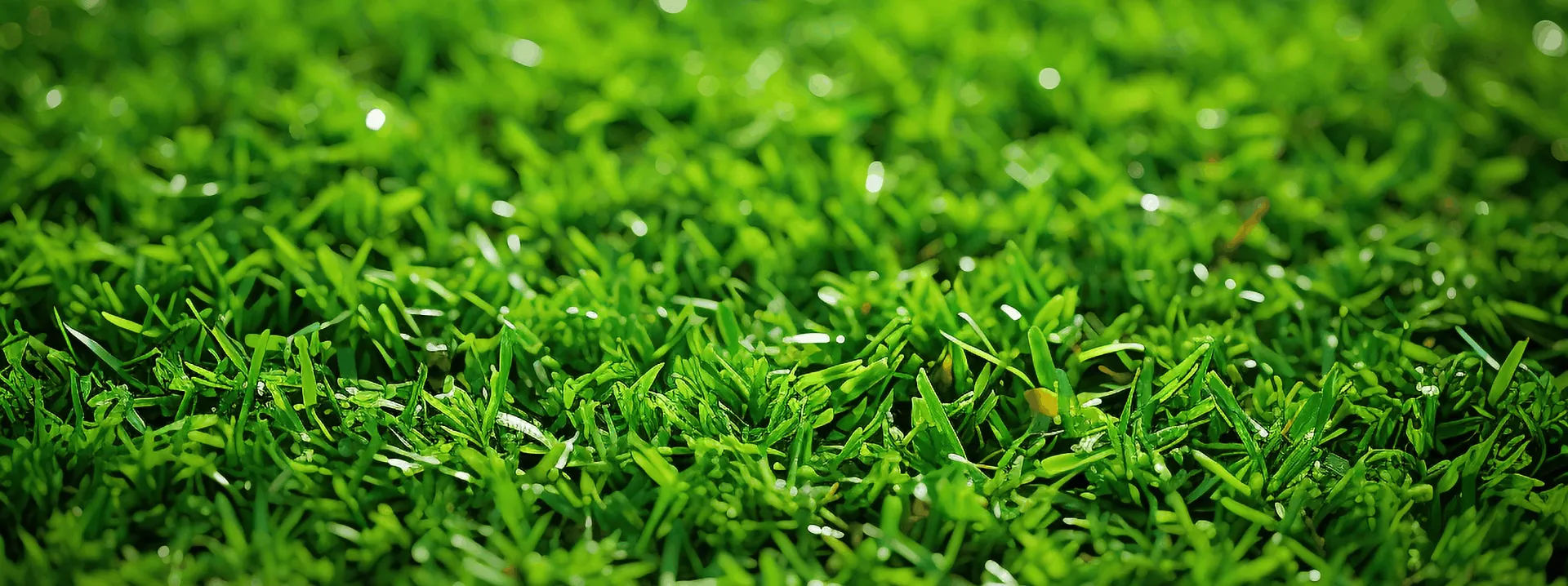
- Afrikaans
- Arabic
- Belarusian
- Bengali
- Czech
- Danish
- Dutch
- English
- Esperanto
- Estonian
- Finnish
- French
- German
- Greek
- Hindi
- Hungarian
- Icelandic
- Indonesian
- irish
- Italian
- Japanese
- kazakh
- Rwandese
- Korean
- Kyrgyz
- Lao
- Latin
- Latvian
- Malay
- Mongolian
- Myanmar
- Norwegian
- Persian
- Polish
- Portuguese
- Romanian
- Russian
- Serbian
- Spanish
- Swedish
- Tagalog
- Tajik
- Thai
- Turkish
- Turkmen
- Ukrainian
- Urdu
- Uighur
- Uzbek
- Vietnamese
Benefits of Artificial Turf for Football Fields and Its Growing Popularity
Dec . 30, 2024 23:33 Back to list
The Rise of Fake Grass in Football Revolutionizing the Game
In recent years, the landscape of sports has witnessed a transformation, with artificial surfaces becoming an increasingly popular choice for football fields around the world. The term fake grass, often synonymous with artificial turf or synthetic grass, refers to a manufactured surface designed to look and feel like natural grass. While traditionalists may hold nostalgic sentiments for real grass pitches, the advantages of fake grass are undeniable, making it a game-changer in the world of football.
The Evolution of Fake Grass
The inception of artificial turf dates back to the 1960s, with the most famous early installation being at the Astrodome in Houston, Texas. This innovation provided a solution for indoor sports facilities and venues that struggled with maintaining natural grass. Over the decades, technology has improved exponentially, leading to the development of modern synthetic grasses that closely mimic the appearance and performance of natural turf.
Today, the majority of professional football clubs and amateur leagues have begun to recognize the benefits of synthetic grass. Factors such as durability, cost-effectiveness, and playability have propelled artificial turf to the forefront, transforming it from a novelty into a staple of modern football.
Benefits of Fake Grass in Football
1. Durability and Longevity One of the primary advantages of fake grass is its durability. Unlike natural grass, which can suffer from wear and tear during intense matches, synthetic surfaces are designed to withstand high levels of foot traffic and adverse weather conditions. This resilience means that clubs can host more games and events without the fear of damaging the pitch.
2. Maintenance and Cost Efficiency Maintaining a natural grass pitch is an arduous task, requiring regular mowing, watering, fertilizing, and pest control. Conversely, artificial turf requires significantly less maintenance. While initial installation costs can be high, the reduction in ongoing maintenance expenses often balances out over time, making it a financially sound choice for many organizations.
fake grass football

3. Consistent Playing Conditions Weather can be a major variable in football, with rain, snow, or extreme heat affecting the quality of a natural pitch. Synthetic grass provides a consistent playing surface, allowing for more reliable performance during matches. Players can focus on their game without worrying about muddy patches or uneven ground.
4. Safety Recent advancements in synthetic turf technology have prioritized player safety. Modern artificial fields are designed with cushioning and shock-absorbent materials that reduce the risk of injuries. Furthermore, high-quality fake grass mimics the feel of natural grass underfoot, allowing athletes to adjust their play dynamics without the fear of slipping.
5. Environmental Considerations While the environmental impact of producing synthetic materials has been debated, many modern artificial turfs are designed to be more eco-friendly. Some types are made from recycled materials and are recyclable themselves. Additionally, the reduced need for water, fertilizers, and pesticides in their maintenance presents an environmentally conscious option.
Challenges and Criticism
Despite the numerous benefits, fake grass has encountered its fair share of criticism. Some players argue that synthetic surfaces can lead to increased wear on joints, particularly in high-speed sports like football. Moreover, concerns have been raised about the aesthetics of artificial grass and its inability to replicate the smell and feel of natural grass.
The debate over the safety of synthetic materials has also persisted. The presence of crumb rubber infill, often made from recycled tires, has led to health concerns, prompting ongoing research to determine any potential risks associated with prolonged exposure.
Conclusion
Fake grass has undeniably changed the face of football, offering a viable solution to many challenges faced by clubs and players. As technology continues to evolve, the quality and safety of artificial turf are likely to improve further, making it an increasingly favorable choice for football fields globally. While the debate between natural and artificial surfaces continues, it is clear that fake grass has earned its place in the sport, providing a practical solution to ensure that the game can be played in any conditions—ultimately furthering the passion for football around the world.
-
The Benefits of Artificial Turf for Indoors
NewsJul.15,2025
-
How Artificial Grass Suppliers Ensure Quality Products
NewsJul.15,2025
-
Artificial Grass and Pets: A Space for Relaxation
NewsJul.08,2025
-
Balcony & Outdoor Decoration with Artificial Grass
NewsJul.08,2025
-
Best Indoor Artificial Grass for Home
NewsJul.07,2025
-
Best Pet Turf for Dogs: Safe & Durable Artificial Grass Options
NewsJul.07,2025
Products categories









